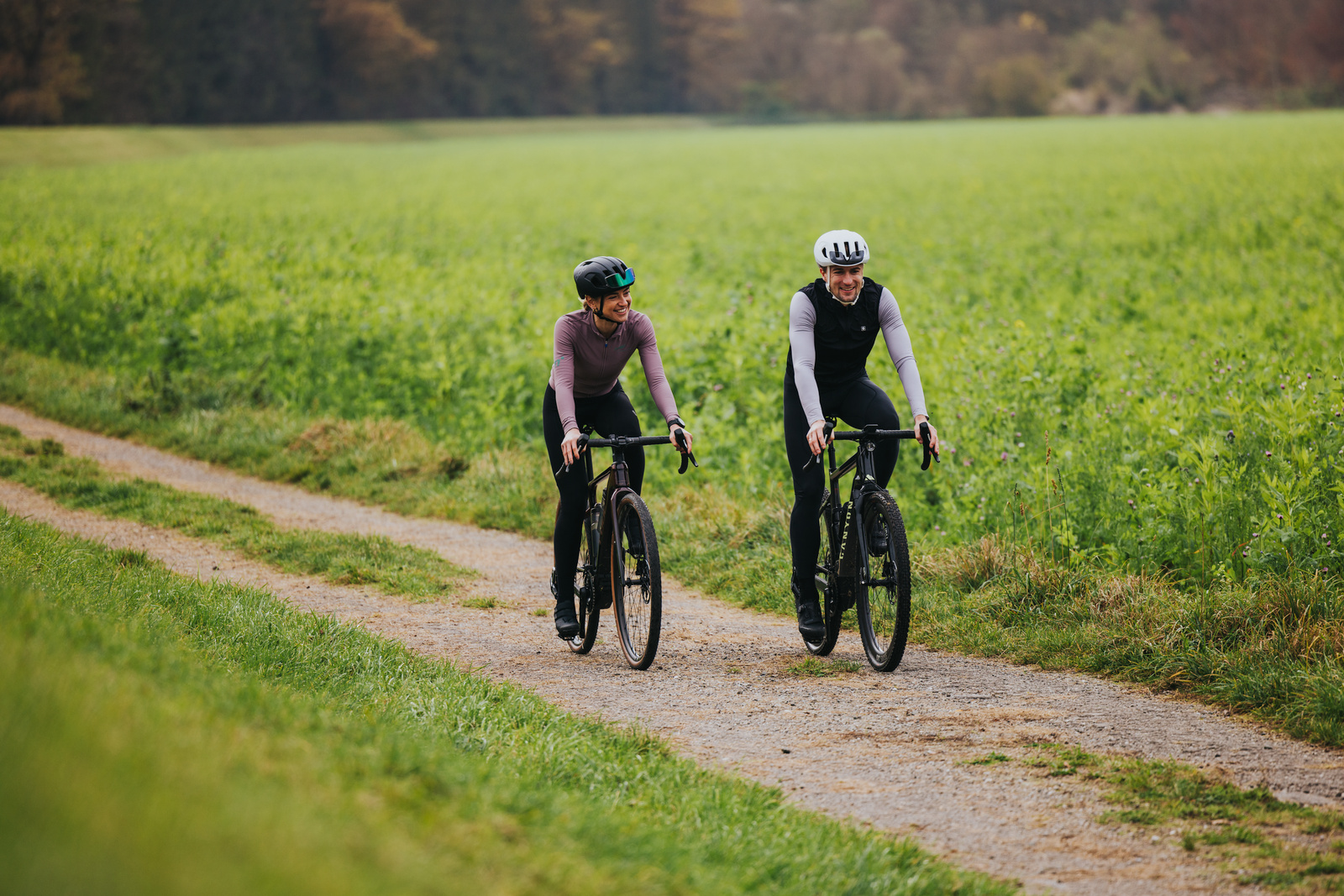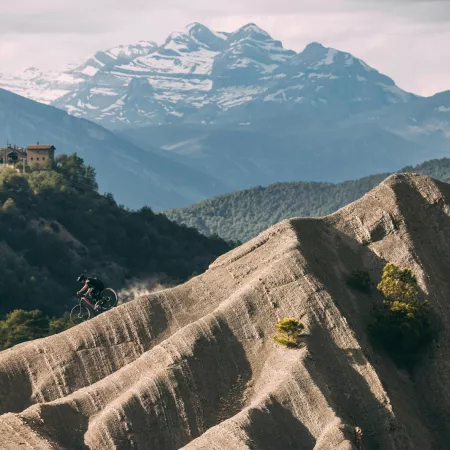How do you manage your autonomy when crossing the Alps?
To best estimate the range of your outings according to route type, assistance level or charging, you can use this range assistant, which takes into account all the parameters influencing the range of your EAB.
We have segmented our itineraries into sections corresponding to the average autonomy of a 625 Wh battery for an intermediate cyclist in Tour mode.
However, actual autonomy will depend:
- On the assistance mode used (Turbo: <50km, Eco: >100 km).
- On the total weight (cyclist + bike + luggage).
- The profile of the terrain (long passes = increased consumption).
- The outside temperature, which can influence battery performance.
- Good management of assistance and recharging points means you can ride the route stress-free and enjoy the Alpine scenery to the full.
Never forget!
- The impact of assistance mode on range: in the mountains, riding in Turbo mode drastically reduces range (50 km max), whereas Eco or Tour mode can allow you to go up to 120 km.
- The need to devise a recharging strategy: locate accommodation and restaurants offering recharging points in advance. Taking a fast charger, such as a Bosch 4A, saves time on recharging during lunch breaks.
- The possibility of carrying an extra battery to avoid being limited on long stages.

Assistance and pedaling management
- Ride as much as possible with low assistance to preserve battery life, reserving the more powerful modes for steep sections or the end of a stage when tired.
- Pedal "round" for better energy efficiency: fluid cadence, without jerking, with pedaling around 70 to 80 rpm. On a VAE, it's even more important to avoid pressing too hard on the pedals at low revs, as this increases energy consumption and tires the cyclist and the battery more quickly.
- Avoid sudden, energy-hungry starts: start with a light gear and moderate assistance, then gradually increase if necessary.
- In valleys, ride in a pack to benefit from suction and save energy (in every sense of the word). On the flat, reduce assistance and adopt an even pace to minimize the group's overall energy consumption.
- On passes, climb at your own pace. Choose Tour mode or eMTB (Bosch), which automatically switches from Tour to Turbo mode, for a good compromise between assistance and range. Avoid using Turbo continuously, except when necessary (strong wind, extreme slope, difficult end of stage). If you're in a group, plan regrouping points at the top of climbs or halfway through the stage to avoid everyone unnecessarily consuming more energy by trying to keep up with an unsuitable pace.
Battery management and range optimization
- Anticipate energy consumption by adapting assistance from the start of the stage.
- Distribute effort and battery use according to individual profiles: for example, people carrying more load can use a slightly higher level of assistance. If possible, swap batteries within the group: this can be useful if some people consume their energy more quickly. This solution assumes, however, that the bikes are equipped with compatible batteries, which is not always the case depending on brand or model.
- If you have a removable battery and a quick charger, take advantage of lunch breaks to partially recharge, even by a few percent: it can make all the difference at the end of a stage.
- For those who want to extend their range without changing bikes, there's also the range extender PowerMore 250, a compact, canteen-sized additional battery that complements the main battery on certain compatible models.
- Finally, to plan your fuel consumption before you even get in the saddle, the Range Control function allows you to estimate your remaining range according to your planned route, chosen level of assistance and other variables. A useful tool to help you tackle the day with peace of mind.
Hydration, nutrition and recovery
The more you listen to your body, the less you'll consume, that's a given!
- Hydrate regularly: with altitude and effort, the need for water increases. Don't wait until you're thirsty to drink.
- Adapt your diet: focus on foods rich in slow carbohydrates to maintain energy throughout the day.
- Manage recovery: after each stage, take time to stretch and sleep well, especially if roaming for several days.
